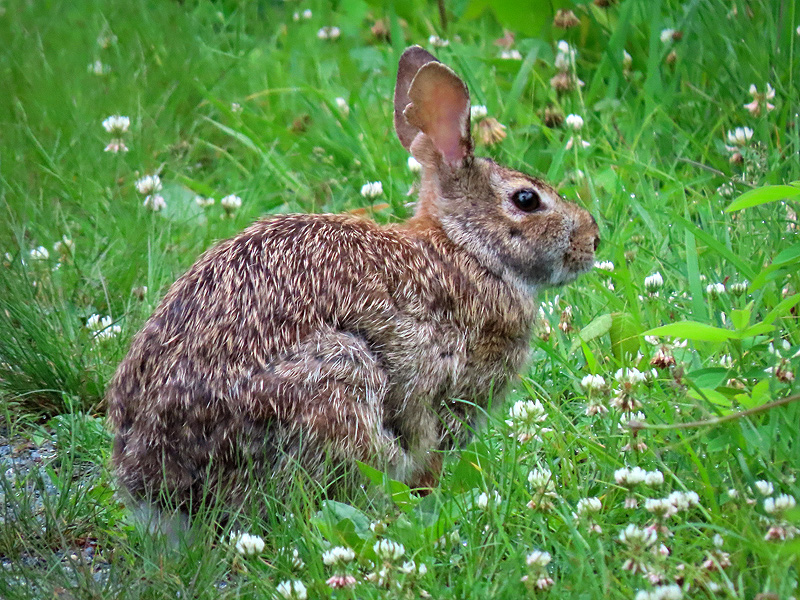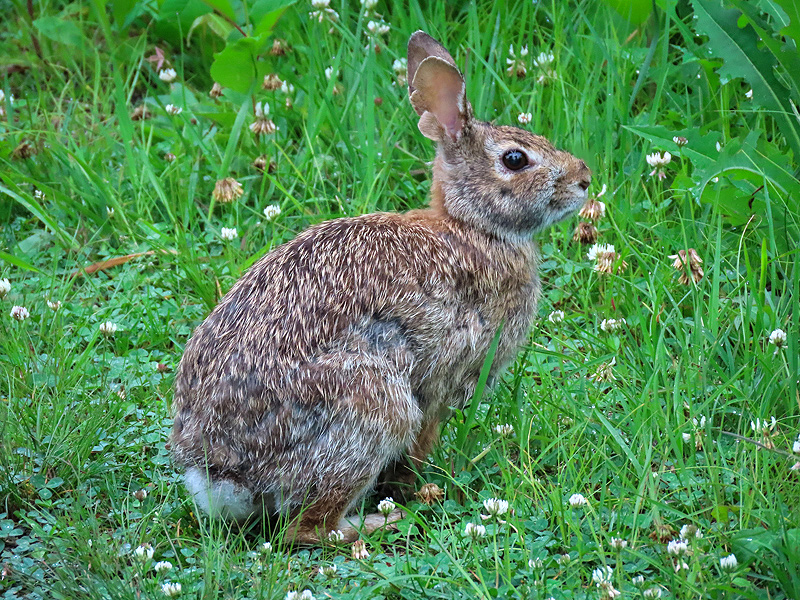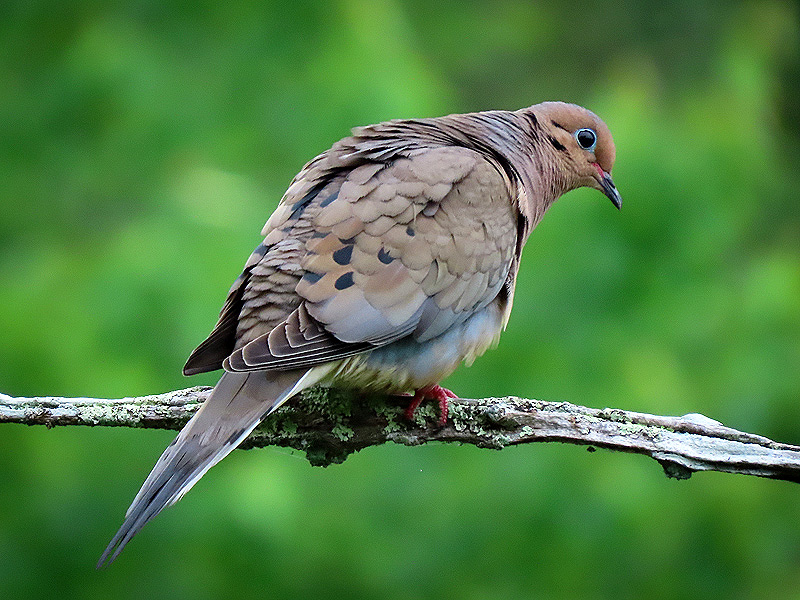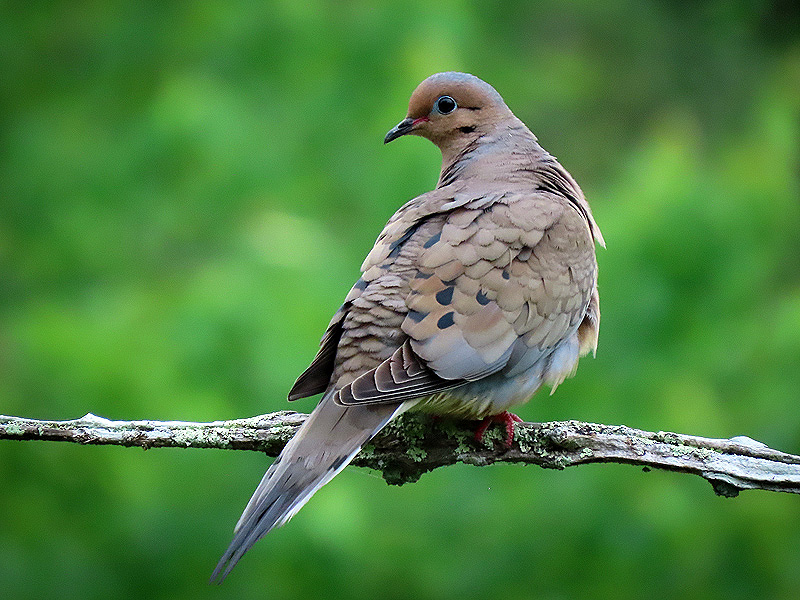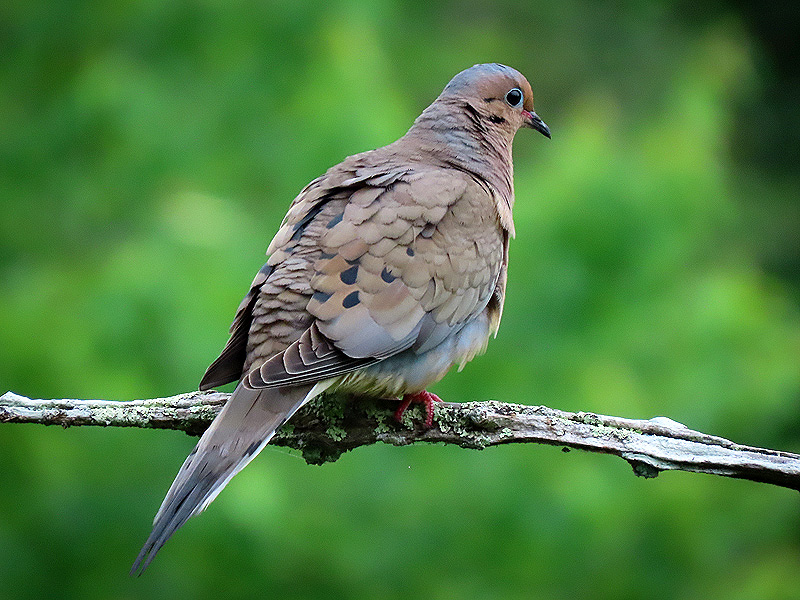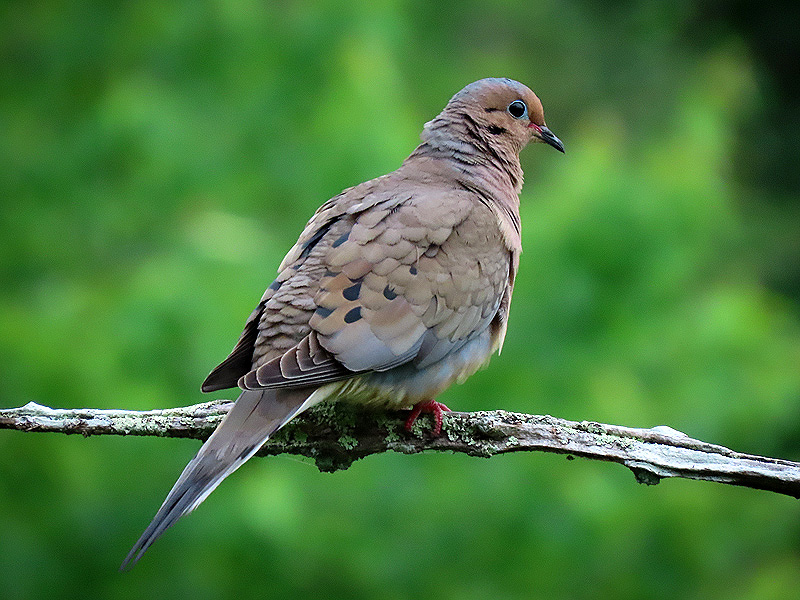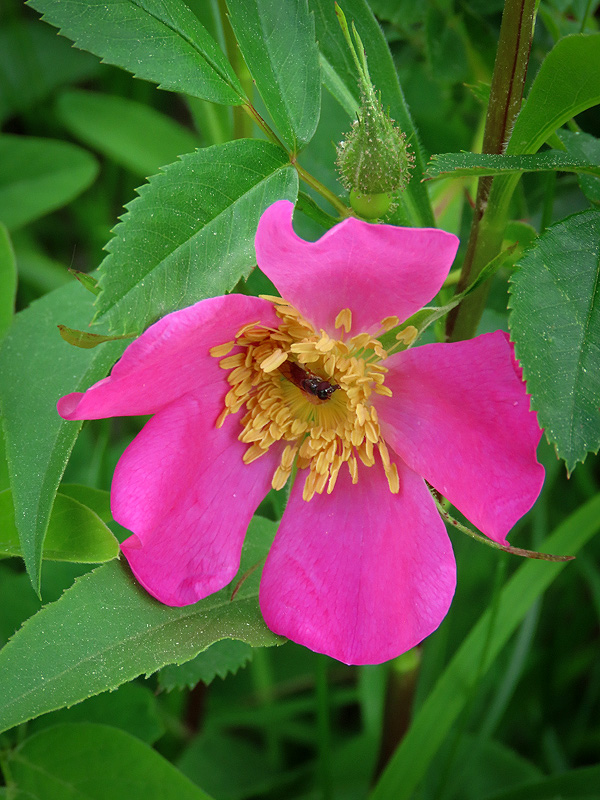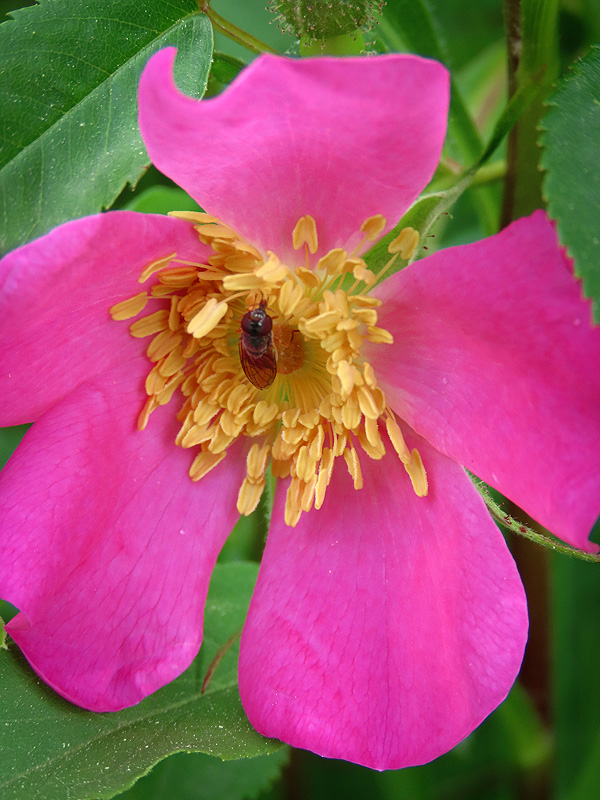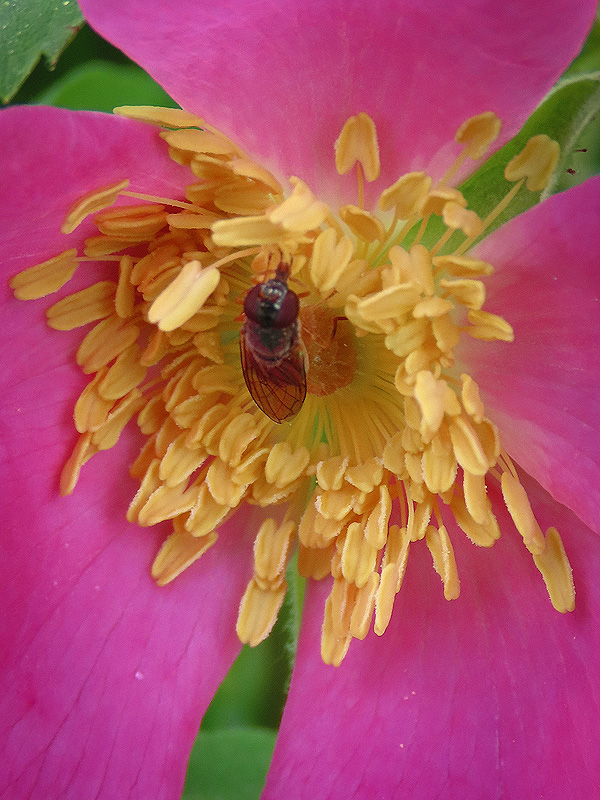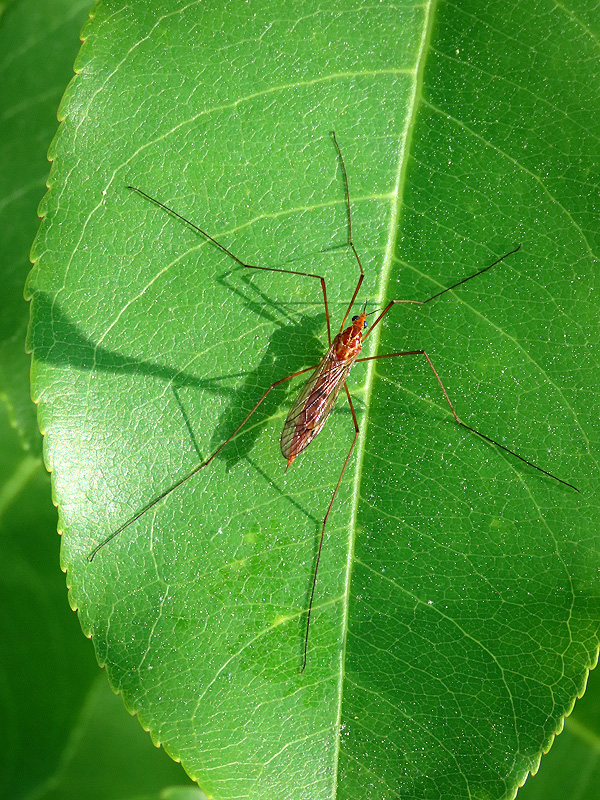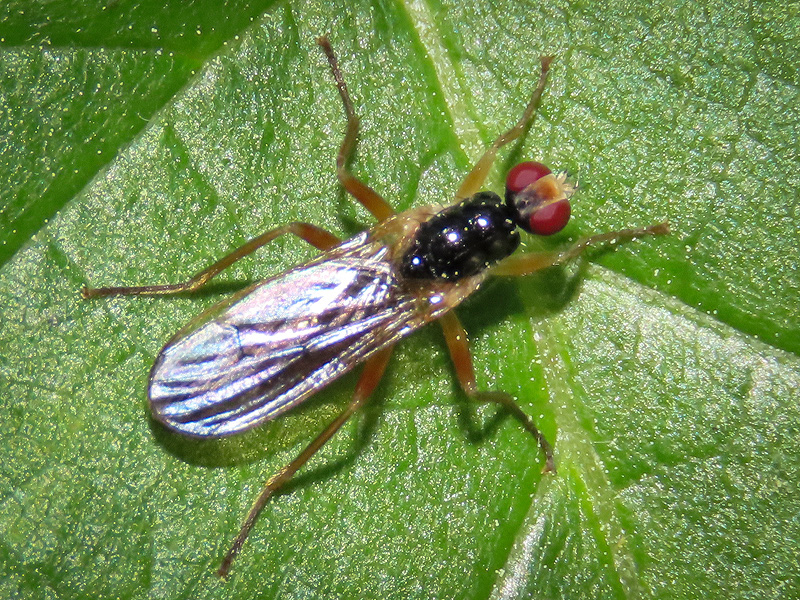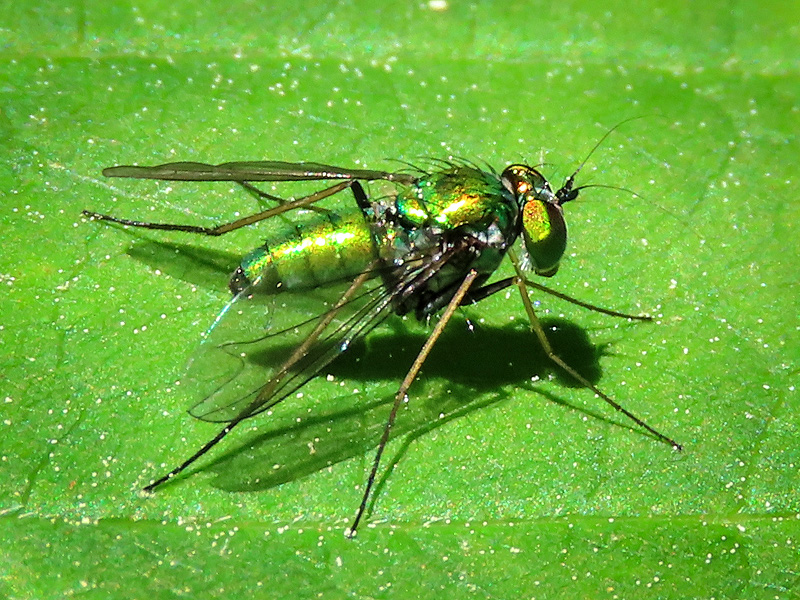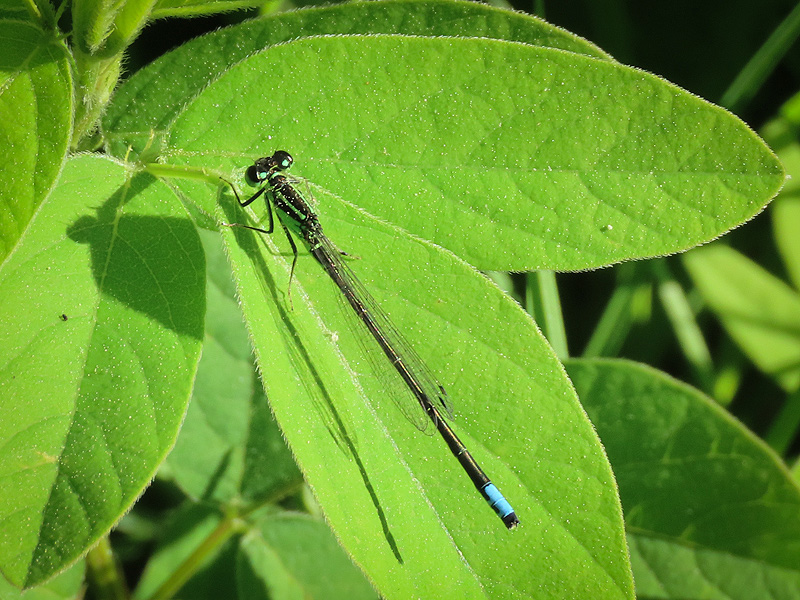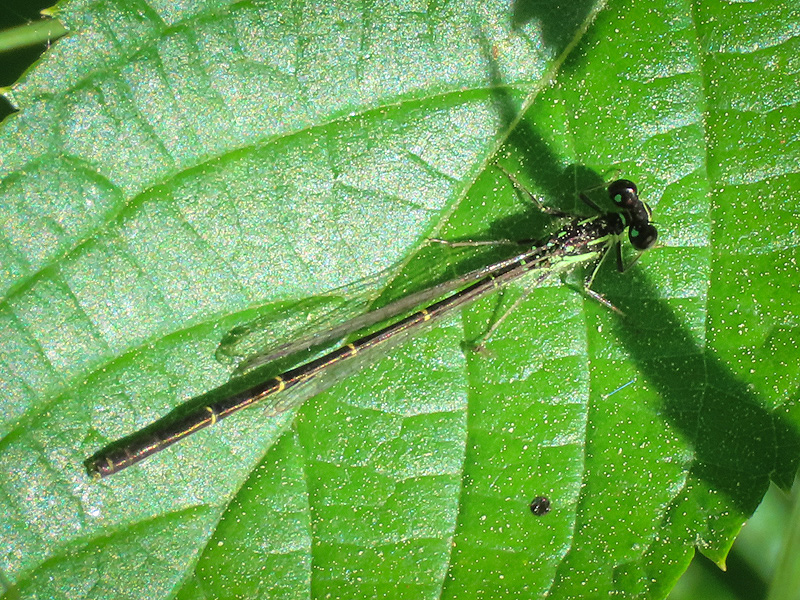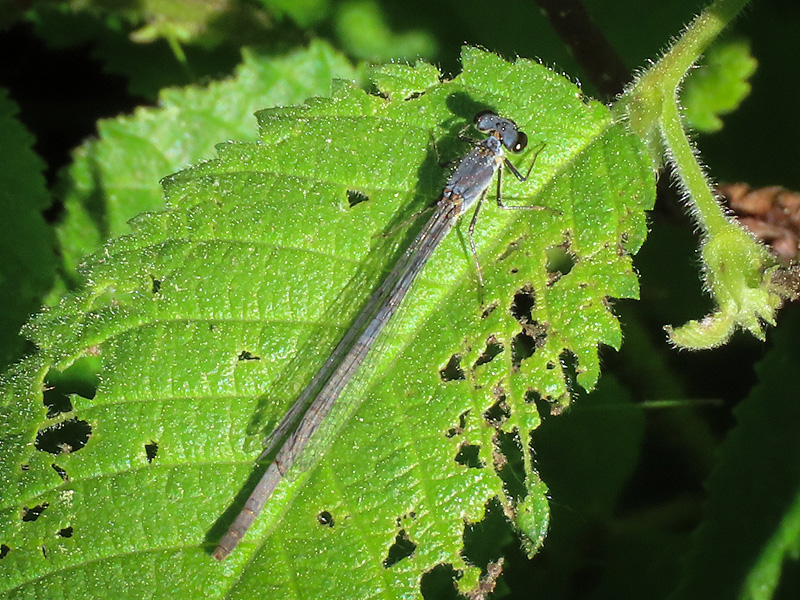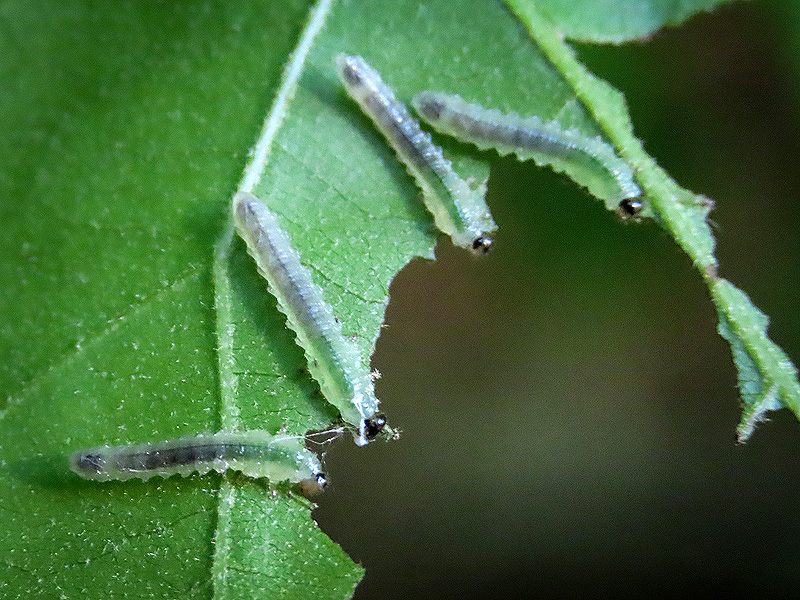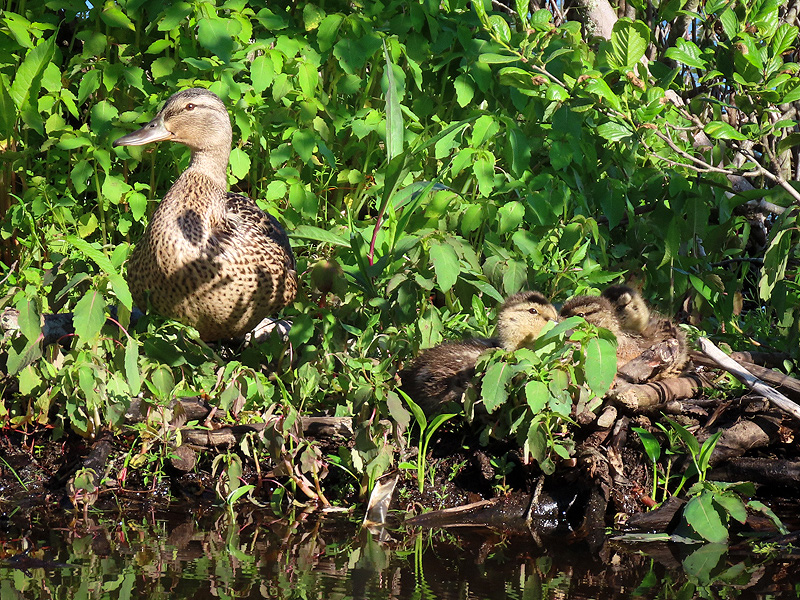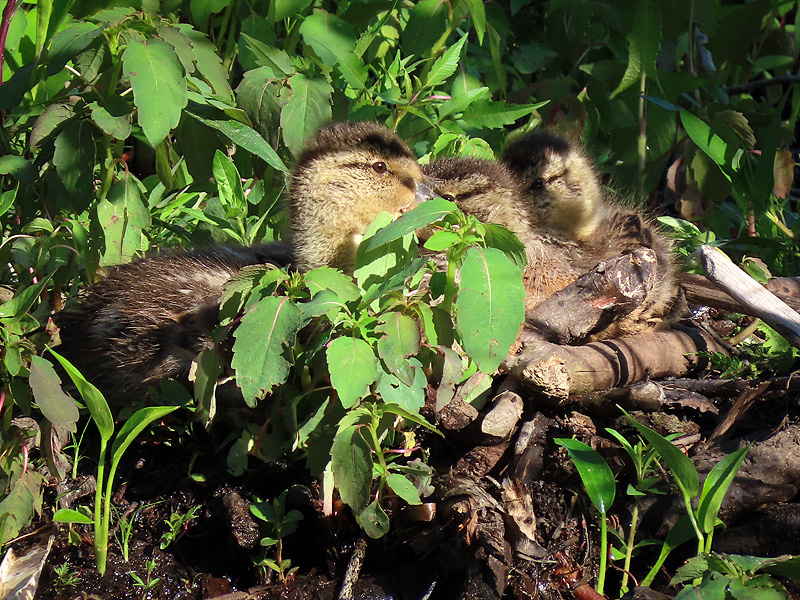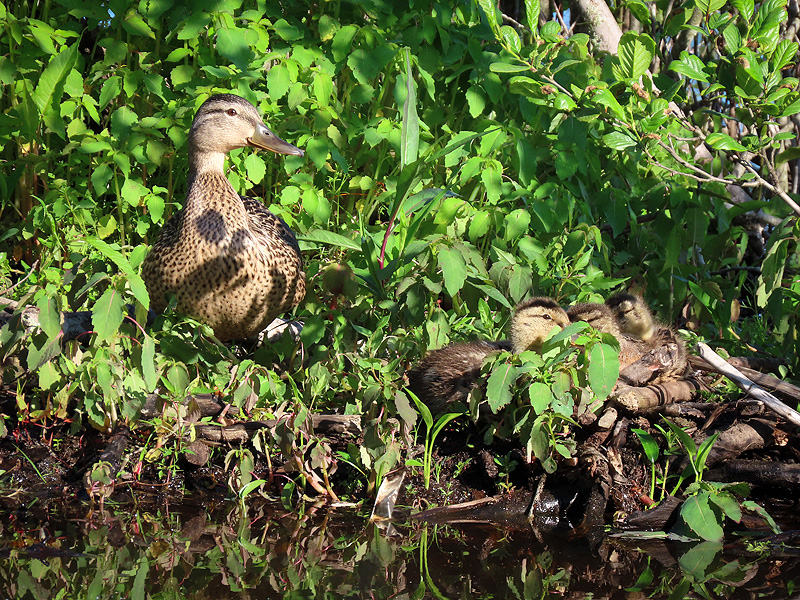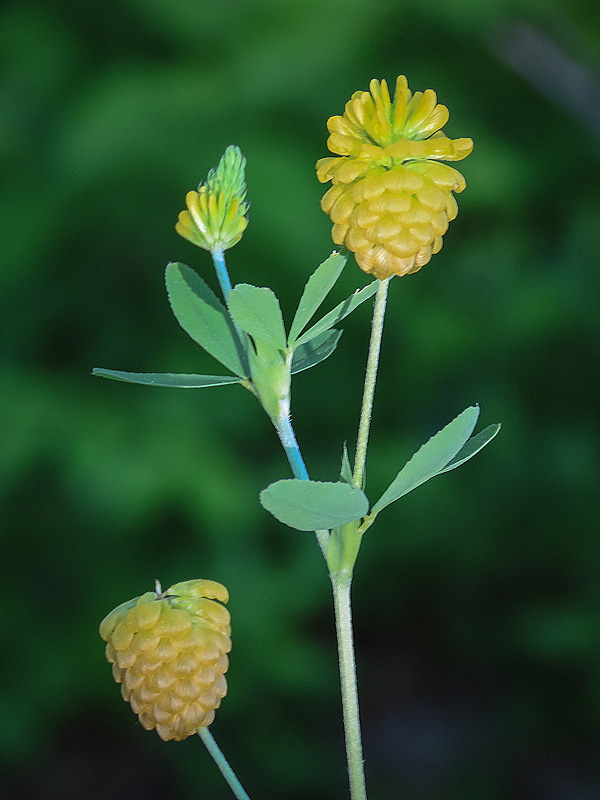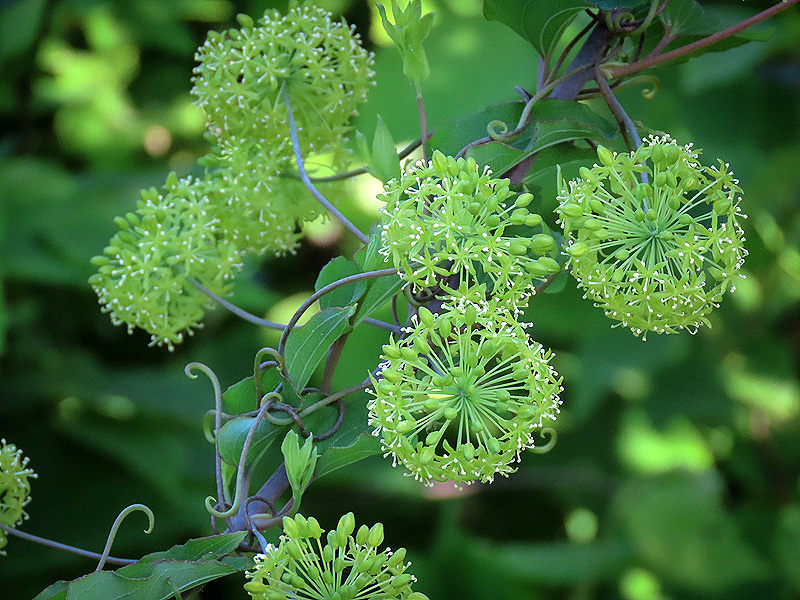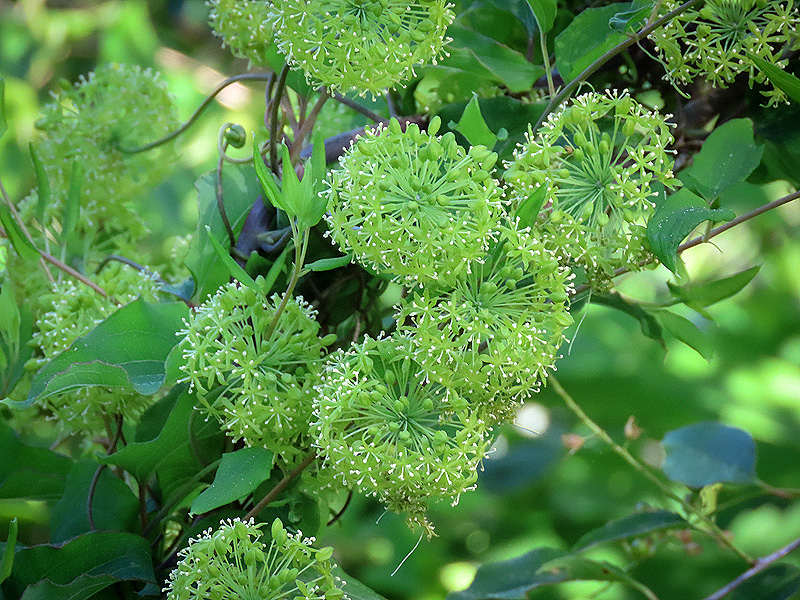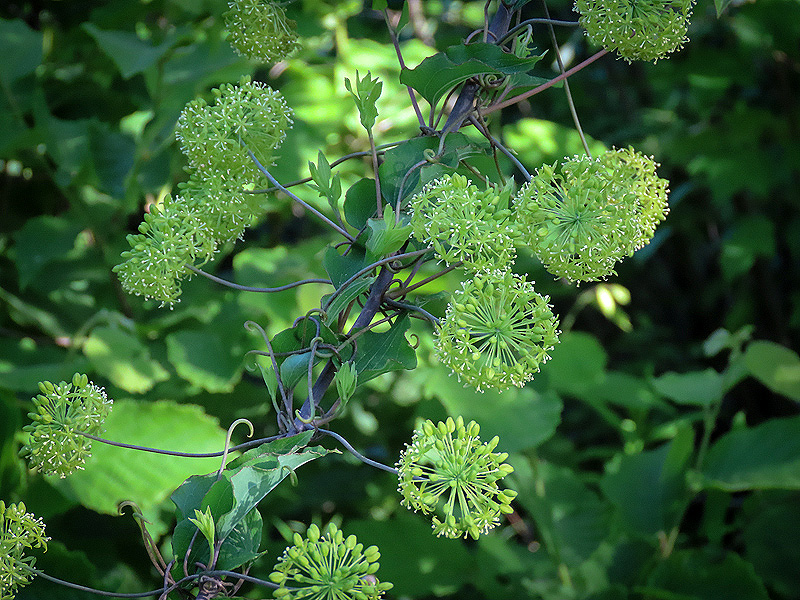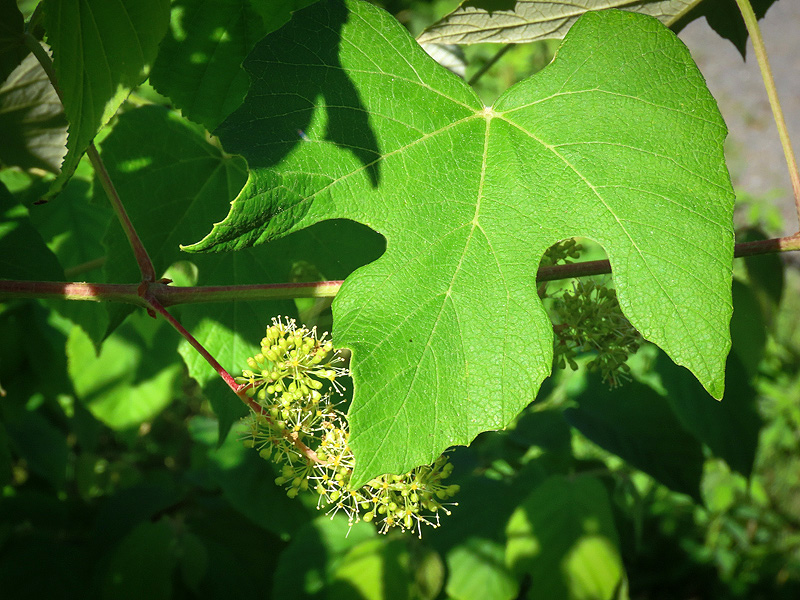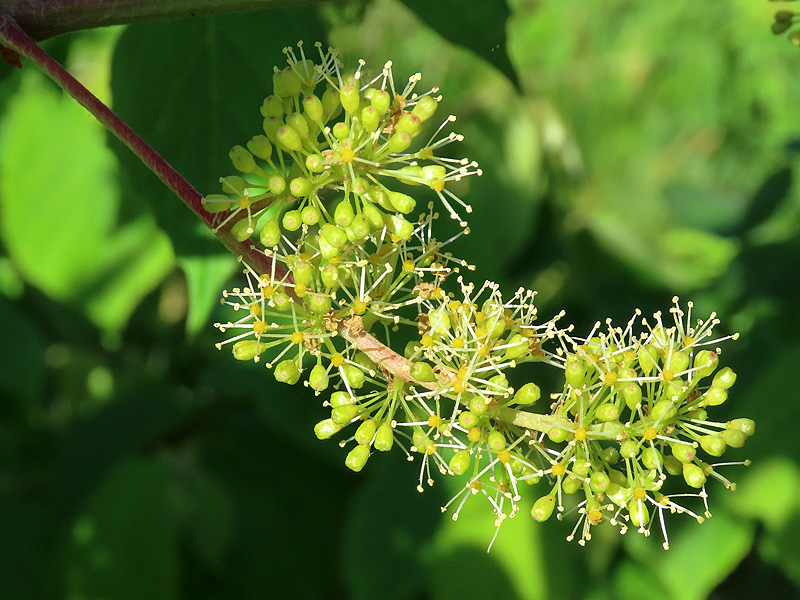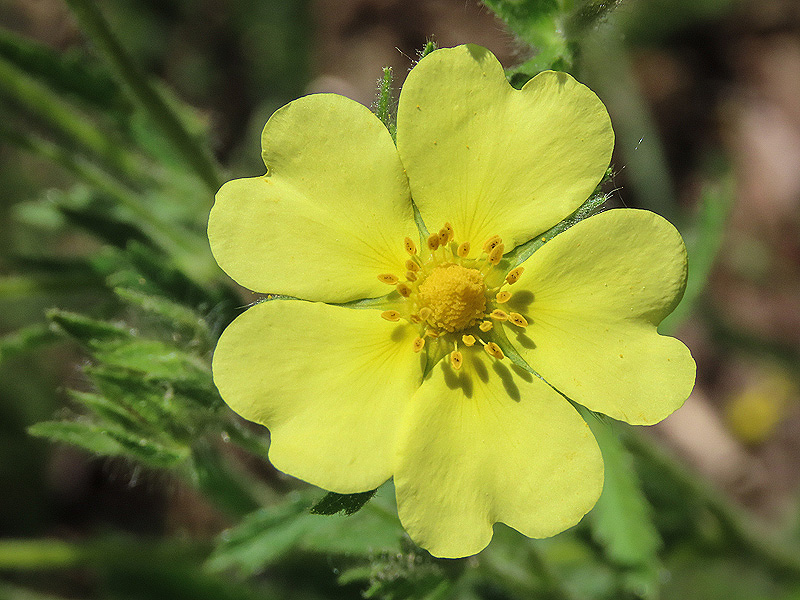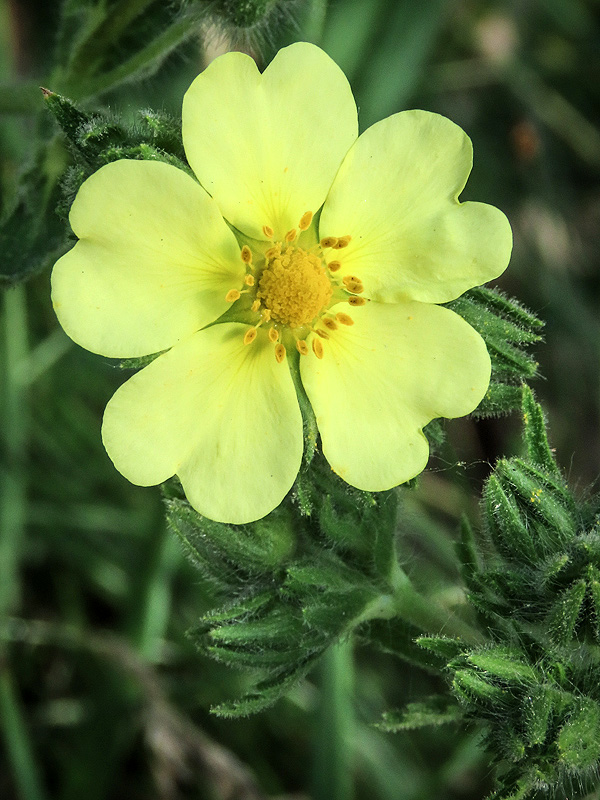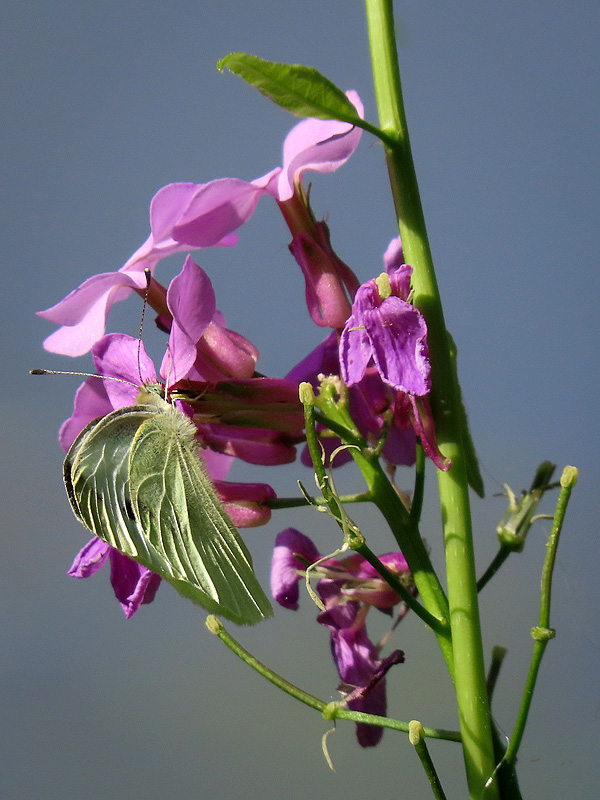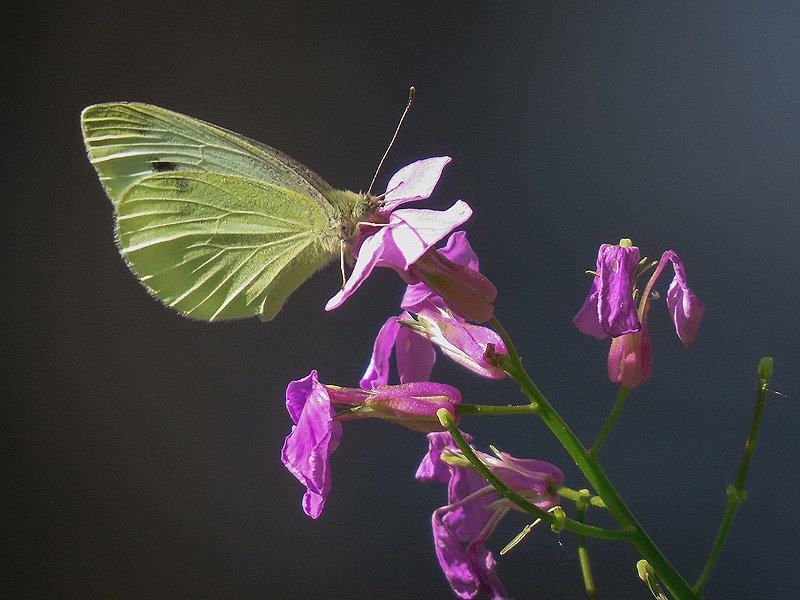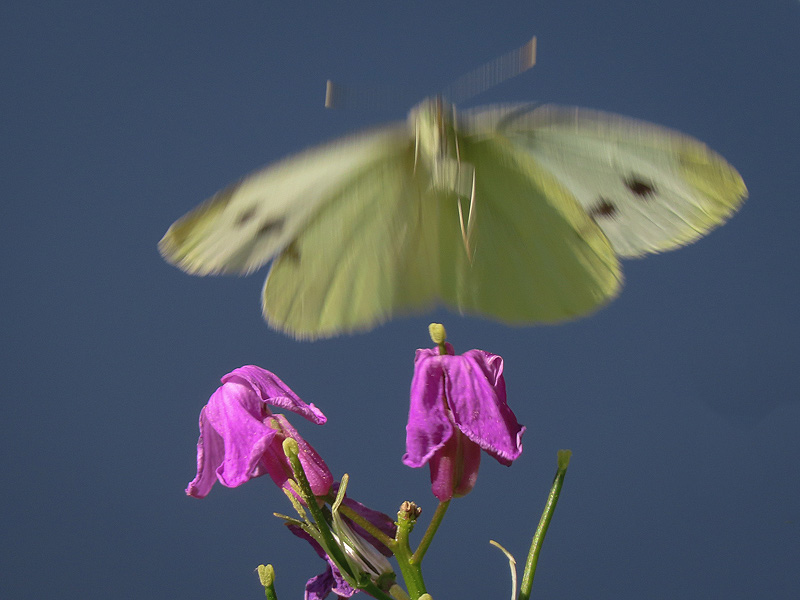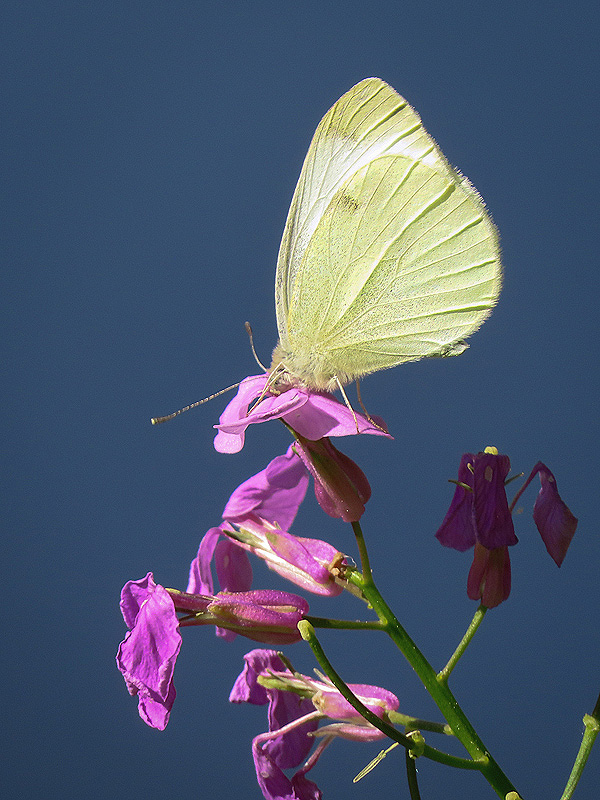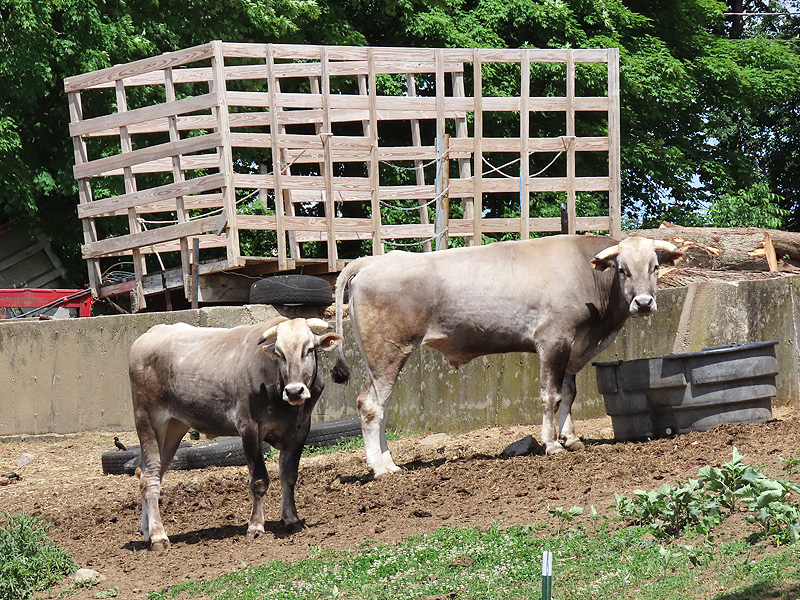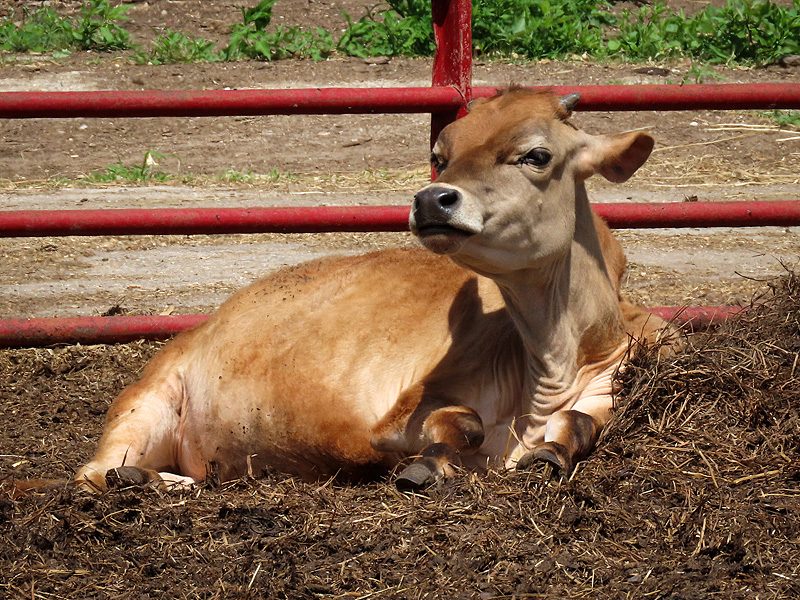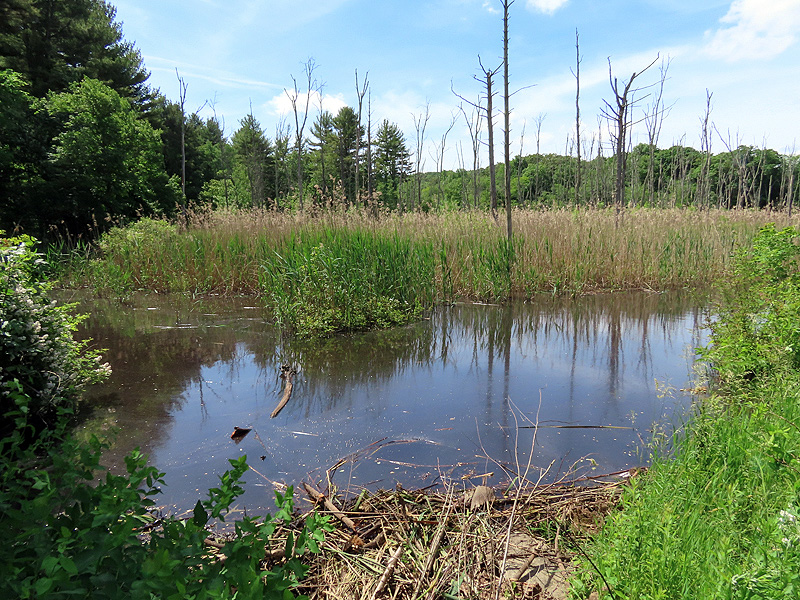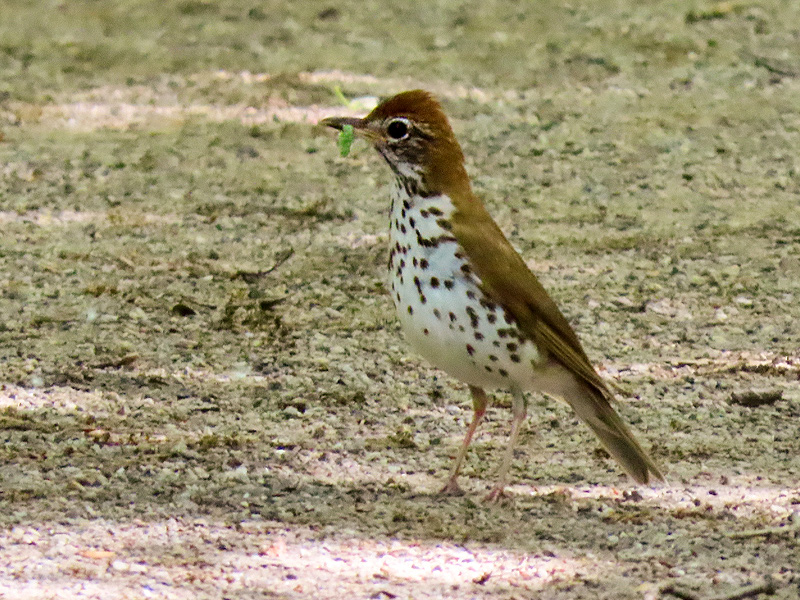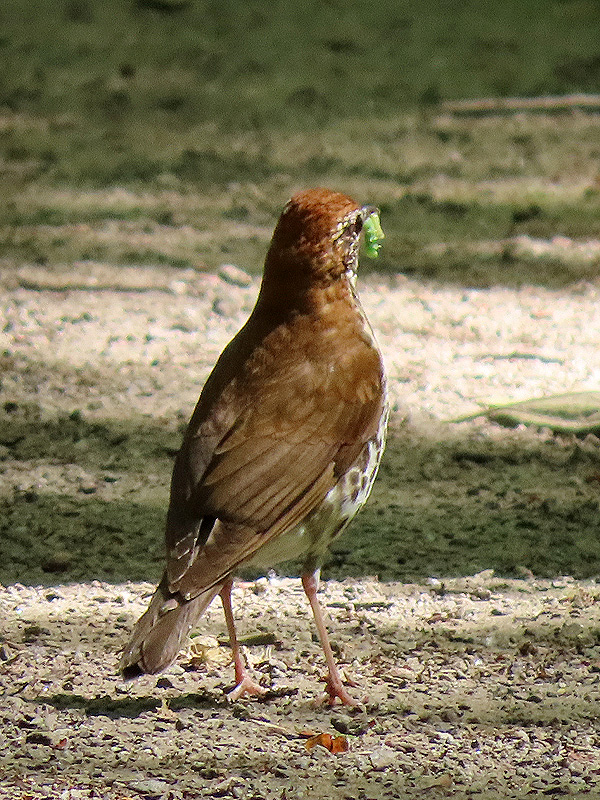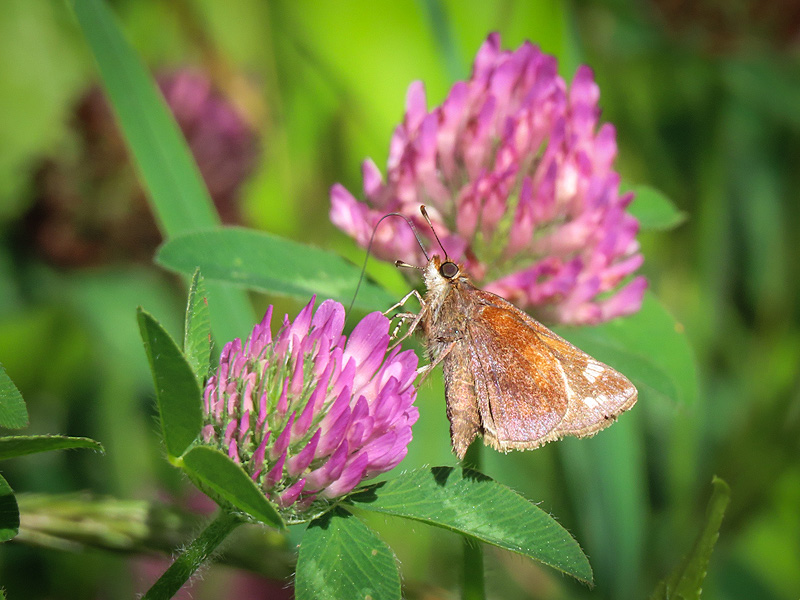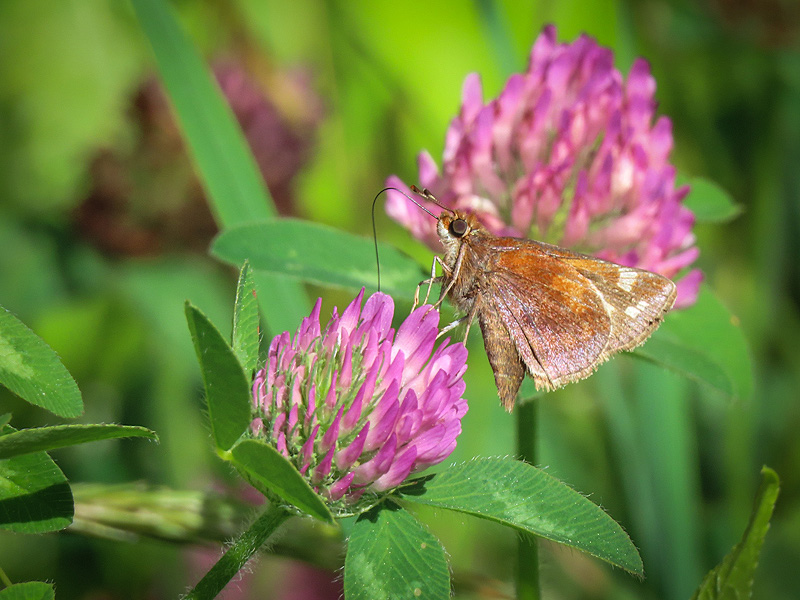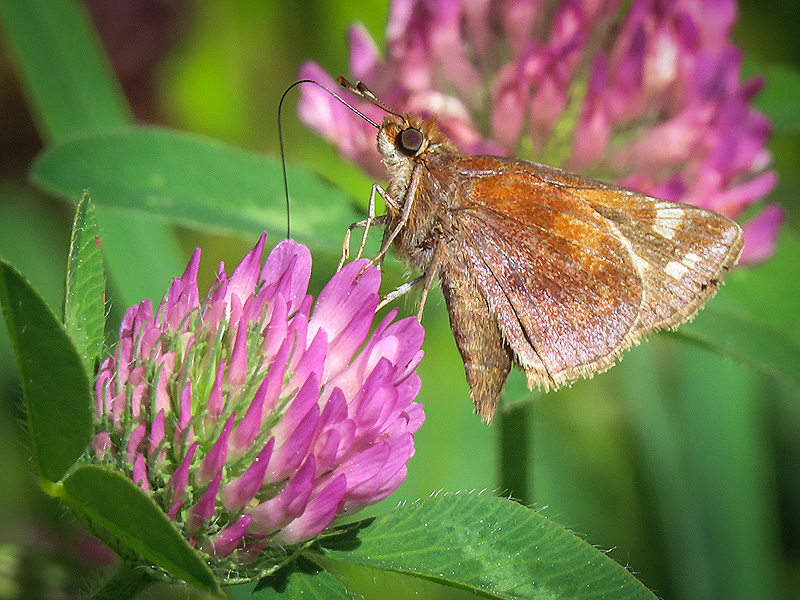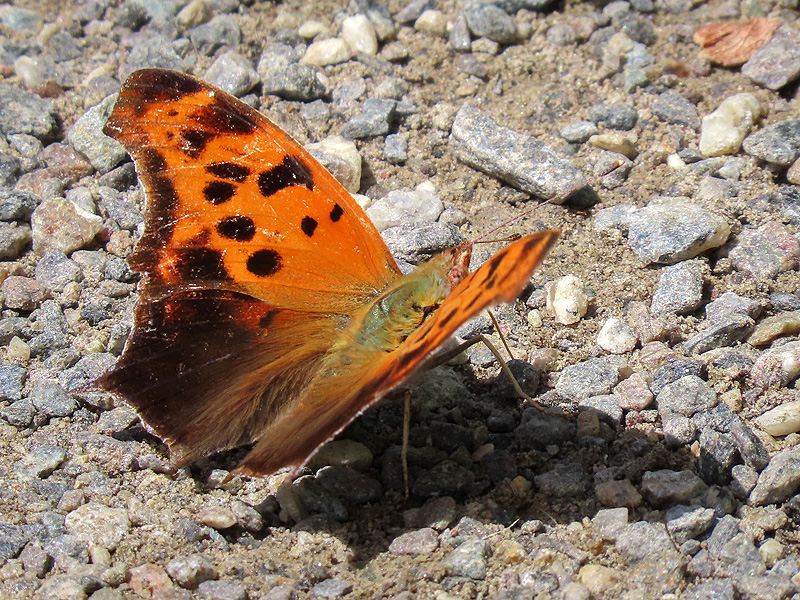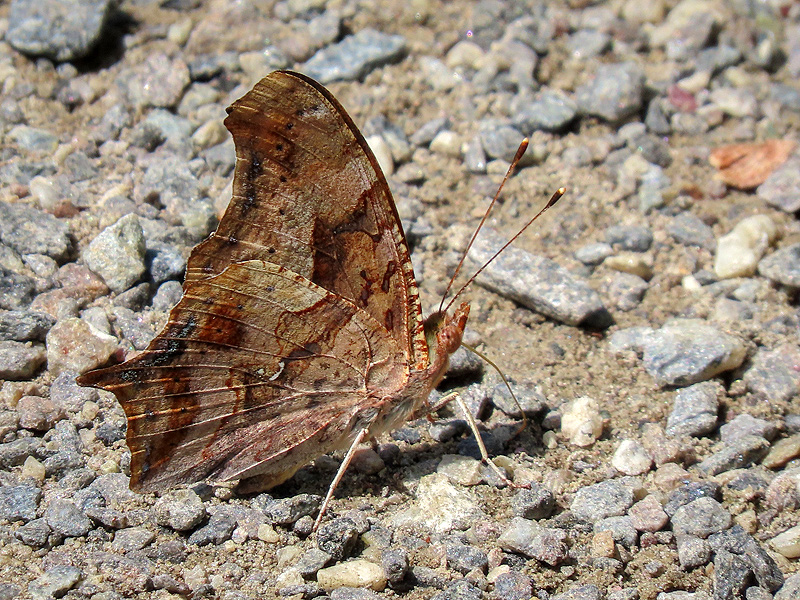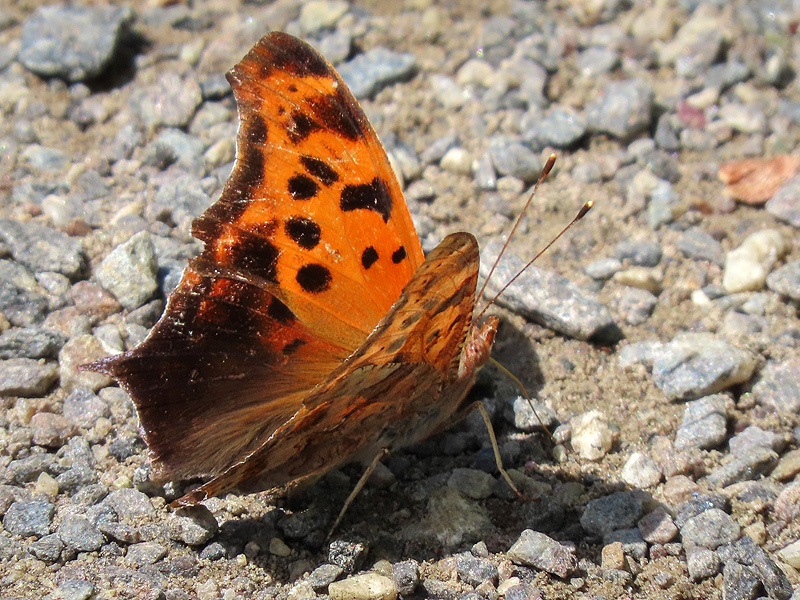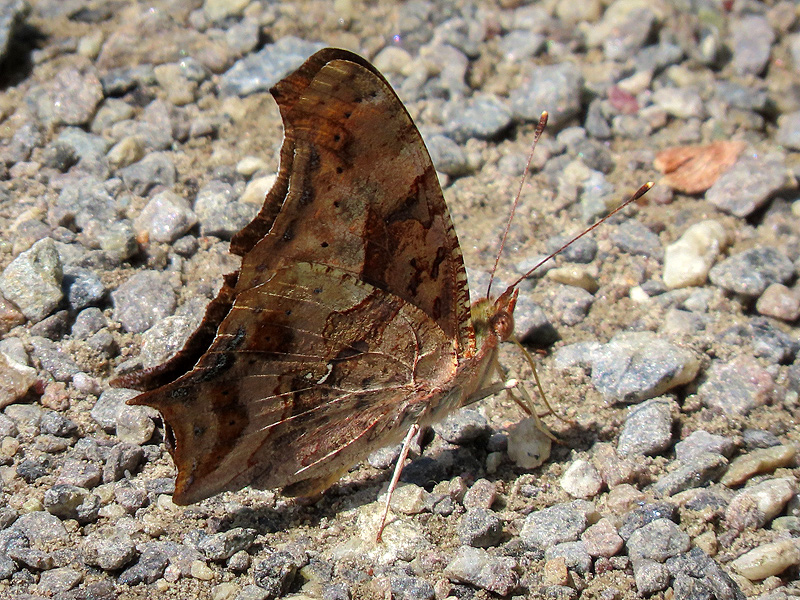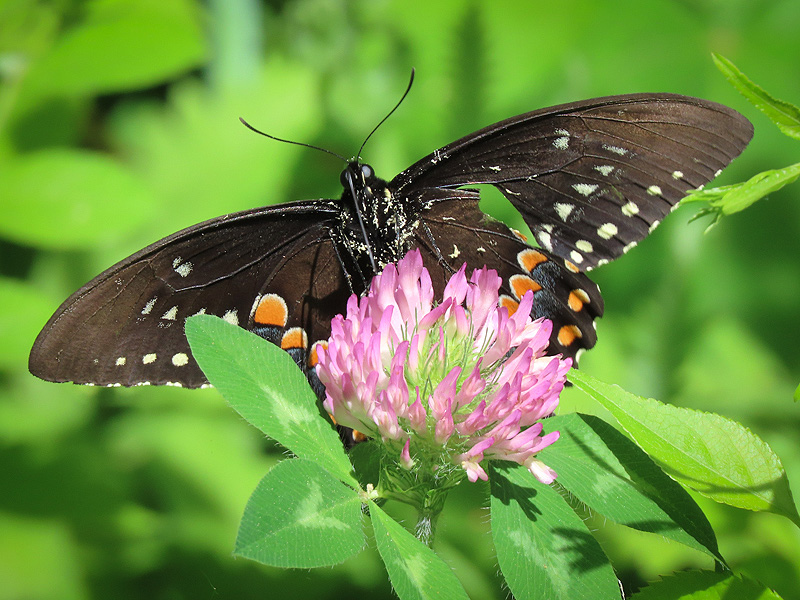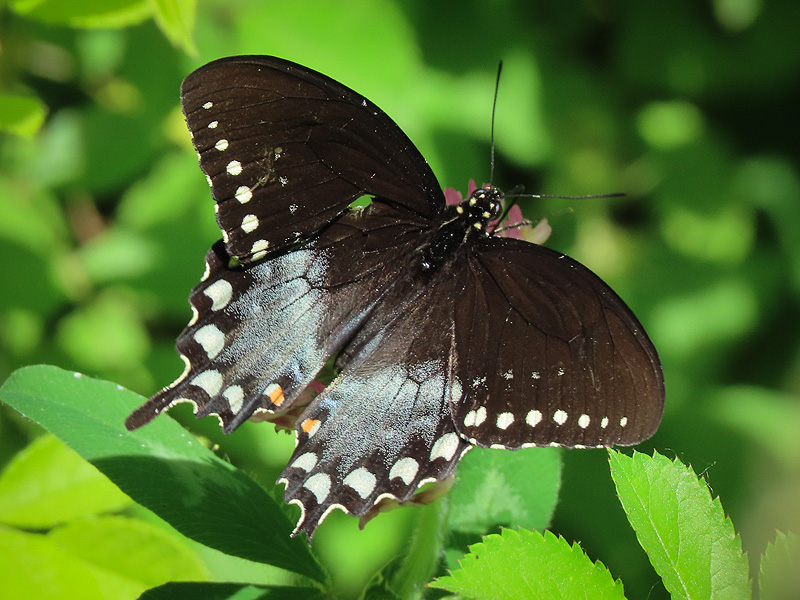Along the Air Line... 2022 - Spring, Part 19 The Air Line Trail in Eastern Connecticut - Stan Malcolm Photos |
HOME: Air Line... 2022 Pages Menu Stan's FlickR Albums |
June 3rd. Eastern Cottontail (Sylvilagus floridanus). |
|
Mourning Dove (Zenaida macroura). |
|
|
|
Pasture Rose (Rosa carolina)... |
...with what I think is a Thick-headed Fly (Family Conopidae, probably Myopa sp.). |
|
June 5th. Let's start off today with some flies. This is a Crane Fly, possibly a Tiger Crane Fly (Nephrotoma ferruginea). Aside: On this and many of the pictures that follow taken today, note the yellow speckles on the leaves and insects. It's pollen, which is quickly covering everything horizontal. |
Female Dance Fly (Family Empididae, Leptopeza sp.). |
A long-legged Fly (Family Dolichopodidae, Condylostylus sp.). |
The "leks" of Pollinia labialis, a Calliphorid Blow Fly are going strong. Here a male (lower) has attracted a mate. (The whole long story of these flies can be found by scrolling down at this page: https://www.performance-vision.com/airline2021/airline-spring-21v.html) |
Now for some flies that aren't flies: This is a male Eastern Forktail Damselfly (Ischnura verticalis). Green markings behind the eyes and on the thorax; blue on the end of the abdomen. |
This is a male Fragile Forktail Damselfly (Ishnura posita). Similar to the previous species but with yellow bands on the abdomen and no blue at the tip. |
This is the entirely pruinose (blue-grey) older female of the Fragile Forktail, above.) |
Sawfly larvae on oak. Fun fact: Species that really are flies have Fly as a separate word in their common names: House Fly, Flower Fly, Crane Fly, etc. (Mosquito? the exception that proves the rule.) Things called flies that aren't flies have fly apended to their name as in Damselfly, Sawfly, Butterfly, etc. Similarly, true Bees all have the bee part of their name separate, as in Honey Bee; Bumble Bee, etc. So... is an Antlion a kind of lion? |
More flying things, at least potentially. A female Mallard (Anas platyrhynchos) with three ducklings on the old beaver lodge. |
|
"Mom" always on the lookout. |
Hop Clover (Trifolium aureum). |
Carrion-flower (Smilax herbacea), a vine, is in flower. |
Dense clusters of first green, then black, berries develop later in the year. |
|
Grapes (Vitus sp.) are also in flower. |
|
June 6th. A couple of places along River Road. Rough-fruited Cinquefoil (Potentilla recta). |
|
|
Cabbage White butterfly (Pieris rapae) on Dame's Rocket (Hesperis matronalis). |
|
|
|
June 7th. A morning walk east of Cook Hill Road in Lebanon. |
Calf. |
The marsh there is brimming with water after beavers rebuilt their dam, vastly improving the environment. |
Wood Thrush (Hylocichla mustelina) with a mouth full of caterpillars... |
...and looking for more. I saw another Wood Thrush hunting the same way nearby. |
Zabulon Skipper (Poanes zabulon) nectaring on Red Clover (Trifolium pratense). |
|
|
Question Mark (Polygonia interrogationis). |
See the vaguely questionmark shaped marking on the hind wing? Some related species lack the dot and are called commas. |
This is probably a male gathering minerals important for egg production, passed to the female during mating. |
Dead leaf mimicry is impressive, especially when they land in leaf litter. |
A bedragled Spicebush Swallowtail (Papilio troilus) on Red Clover (Trifolium pratense). |
I saw several in similar condition after flying for several weeks. Another generation will emerge as adults later in summer. |
